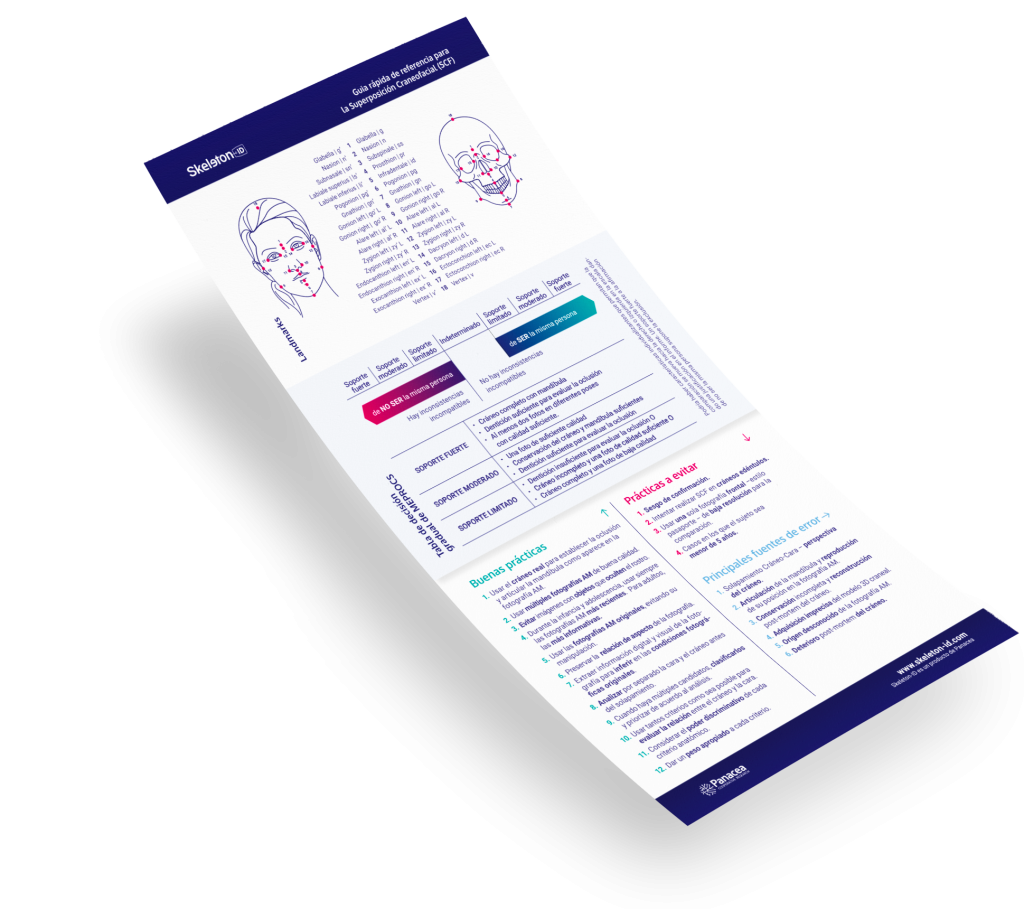3D Image Acquisition using Medical Images
Updated on July 25, 2024
Computed tomography X-ray computed tomography (usually abbreviated to CT) is a common medical imaging technique that provides detailed, three dimensional internal images of the human body. A CT scan can be considered as the 3D counterpart of X-ray radiography. Rather than a single 2D image, a CT scan is a 3D volume, the content of […]

